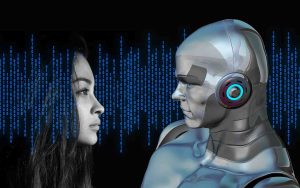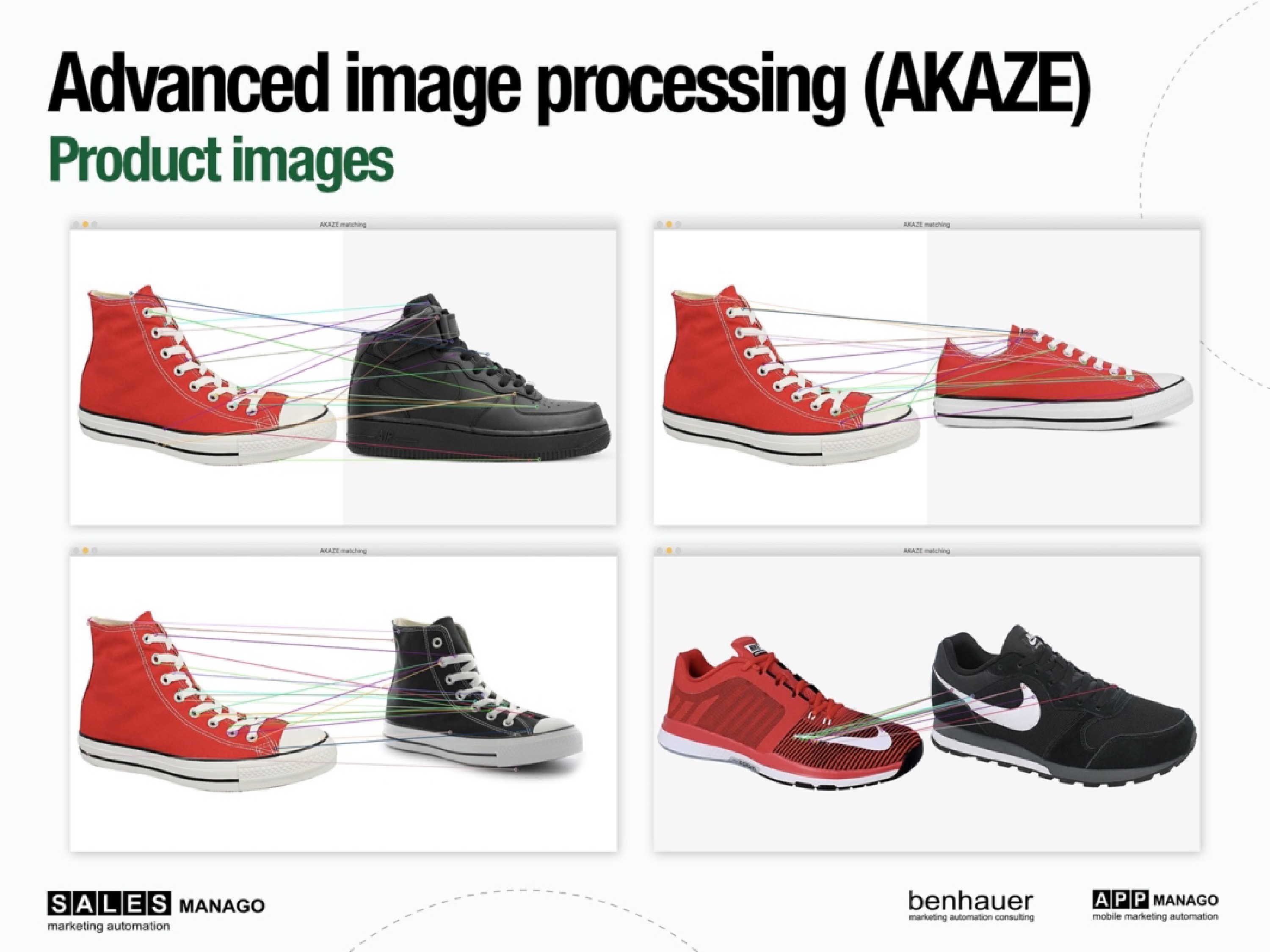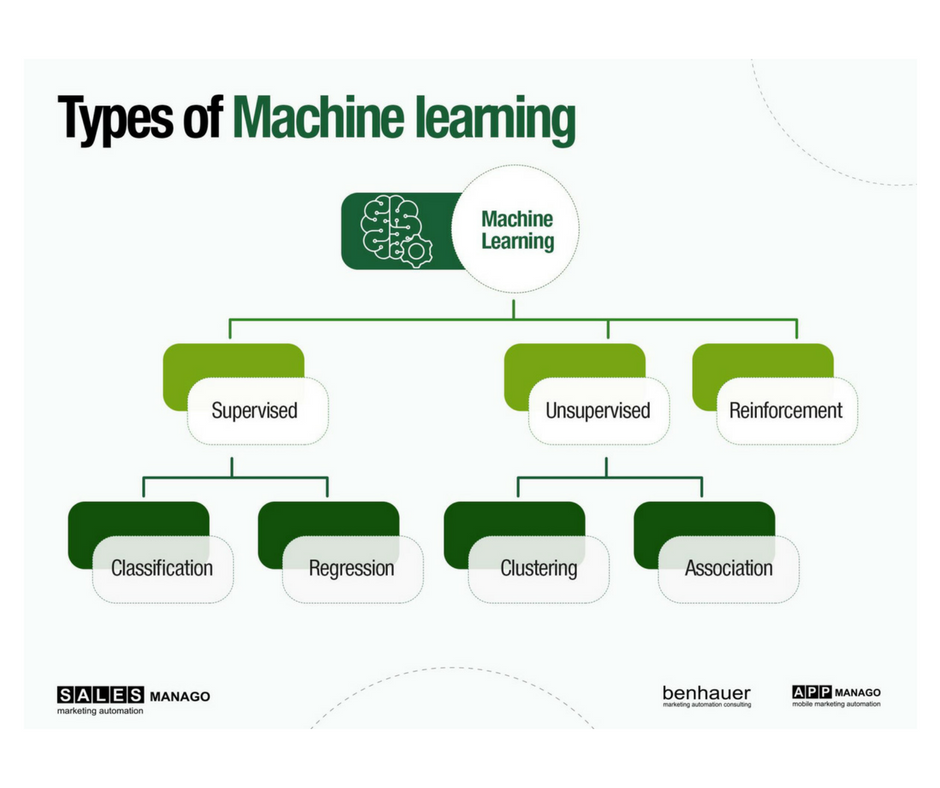 Several dozen years ago we didn’t even imagine an engine with such computing power that would be able to reach the level of human’s potential. For all these, born before the internet took over the world, the amount of changes itself that took place is already unthinkable and impressive. The first computer ever constructed used to compute only one process per second. It was a great start that led to the amazing changes we’re experiencing now and that will undoubtedly change our world to a further extent.
Several dozen years ago we didn’t even imagine an engine with such computing power that would be able to reach the level of human’s potential. For all these, born before the internet took over the world, the amount of changes itself that took place is already unthinkable and impressive. The first computer ever constructed used to compute only one process per second. It was a great start that led to the amazing changes we’re experiencing now and that will undoubtedly change our world to a further extent.
There are three types of Machine Learning which differs when it comes to the mechanisms and their usage:
Supervised Machine Learning
This kind of learning is possible when inputs and outputs are clearly identified and algorithms are trained using labeled examples.
Regression – predicts the continuous-response value.
Classification – predicts the categorical response value where the data can be separated into specific “classes”. It’s potential is based on learning from examples.
Unsupervised Machine Learning
Unlike Supervised Machine Learning, Unsupervised learning is used with data sets without historical data. An unsupervised learning algorithm explores surpassed data to find the structure.
Clustering – grouping similar elements together.
Association – the goal is to identify rules that define large portions of the data.
Reinforcement Machine Learning (Deep Learning)
The most sophisticated of all types. A system interacts with a dynamic environment in which it must perform a certain goal. The system is provided feedback in terms of rewards and punishments as it navigates its problem space.
This kind of Machine Learning is adapted to solve most complex problems such as:
- robotics and industrial automation
- vehicles
- health and medicine
- text, speech and dialog systems.
AI & Machine Learning vs Marketing
Machine Learning is already used by many big companies. You might have experienced its potential when using Netflix. It provides you with movies recommendations based on Machine Learning itself. Facebook, Spotify, Google Maps or Uber are also taking advantage of this technology on a daily basis.
Artificial Intelligence and Machine Learning in SALESmanago
Recommendations
SALESmanago monitoring the changes of today’s world, analyzing customers’ needs and adapting to the new conditions created an own engine – SALESmanago Copernicus – Machine Learning & AI. The engine is of a high computing power allowing to analyze loads of data which makes the mechanism perfect for Big Data solutions.
The whole system is specialized for Inbound and Outbound Marketing supporting both types of actions. Two mechanisms: affinity and behavioral analysis makes it possible to process complex information about visits, transactions, transaction paths, viewed items, products bought together or for example customers’ characteristics. As a result, a self-learning mechanism analyzes the data and finds the correlation and links between separate factors.
To put it more simply, while working in a shop you observe individual customers’ behavior and create schemes based on recognized patterns. You’re building models of consumers visiting your store. It’s nothing new to you – this unique pout a customer makes when the prize is too high. You know a man dressed fashionably will probably enjoy a new fragrance and if the woman buys a folic acid you’re ready to recommend her a beautiful romper suit. These are, however, just simple algorithms that can’t be compared to these, way more powerful, provided by artificial intelligence. Wouldn’t it be better then, to trust such impartial and strong engine than to rely on your own subjective opinion?

Today’s technology is based on following instructions, algorithms. It is a simple mechanism performing actions deriving from our primary input. Machine Learning is a completely new approach. Similarly to a human being its learning potential is coming from experience or to be exact from continuous gathering and analyzing data.
SALESmanago Copernicus utilizes gathered data to create an endless number of customers’ models taking into account all their characteristics. The system provides tailored and personalized product recommendations and suggests appropriate communication channels based on the analysis of various factors and transaction paths, so-called Customer Journey.
Thanks to that, even anonymous users who viewed your items will be provided with personalized product recommendations created with the knowledge about other customers’ behaviors, these who viewed same items.
SALESmanago Copernicus allows:
- ongoing analysis of data about visits and transactions
- delivering product recommendations adjusted to individual needs and preferences
- results are calculated continuously and change according to changes in customers’ behavior
- statistical analysis computes the probability of co-occurrence of events (if A, then B)
- to calculate the strength of data dependence system uses weighing scales and amount of occurrences
- streamlining your marketing budget

Segmentation
Thanks to Artificial Intelligence and Machine Learning we are able to conduct an intelligent segmentation of the database, automatically with the help of the advanced analytical mechanisms. This way it will be divided into groups of specific recipients. With the division, you will be able to separate groups like customers interested in a purchase of black shoes or ones preparing for wedding shopping spree. Of course, the engine takes into account more complex set of data including various factors giving the possibility to distinguish segments on the basis of the number of purchases made, basket value in age, frequency of purchases or city size.
Dynamic Pricing
Okay, so we’re able to recommend perfectly matching products. Why wouldn’t we adjust the pricing in the same sort of way? With the Artificial Intelligence and Machine Learning manual discount decisions can be replaced with AI engine calculating discount based on probability of purchase maximizing income across all customers.
Types of AI recommendations in SALESmanago
SALESmanago offers the wide range of product recommendation types that can be delivered in various communication channels.
Types of recommendations:
- Collaborative filtering – the type of recommendation which generates offers on the basis of the behavior of other users,
- Most frequently bought after visit other – products which are bought after viewing another offer,
- Most frequently viewed together – these are the products which are viewed together,
- Most frequently bought together – products which are bought together,
- Mixed statistics with weight.


 Follow
Follow
















